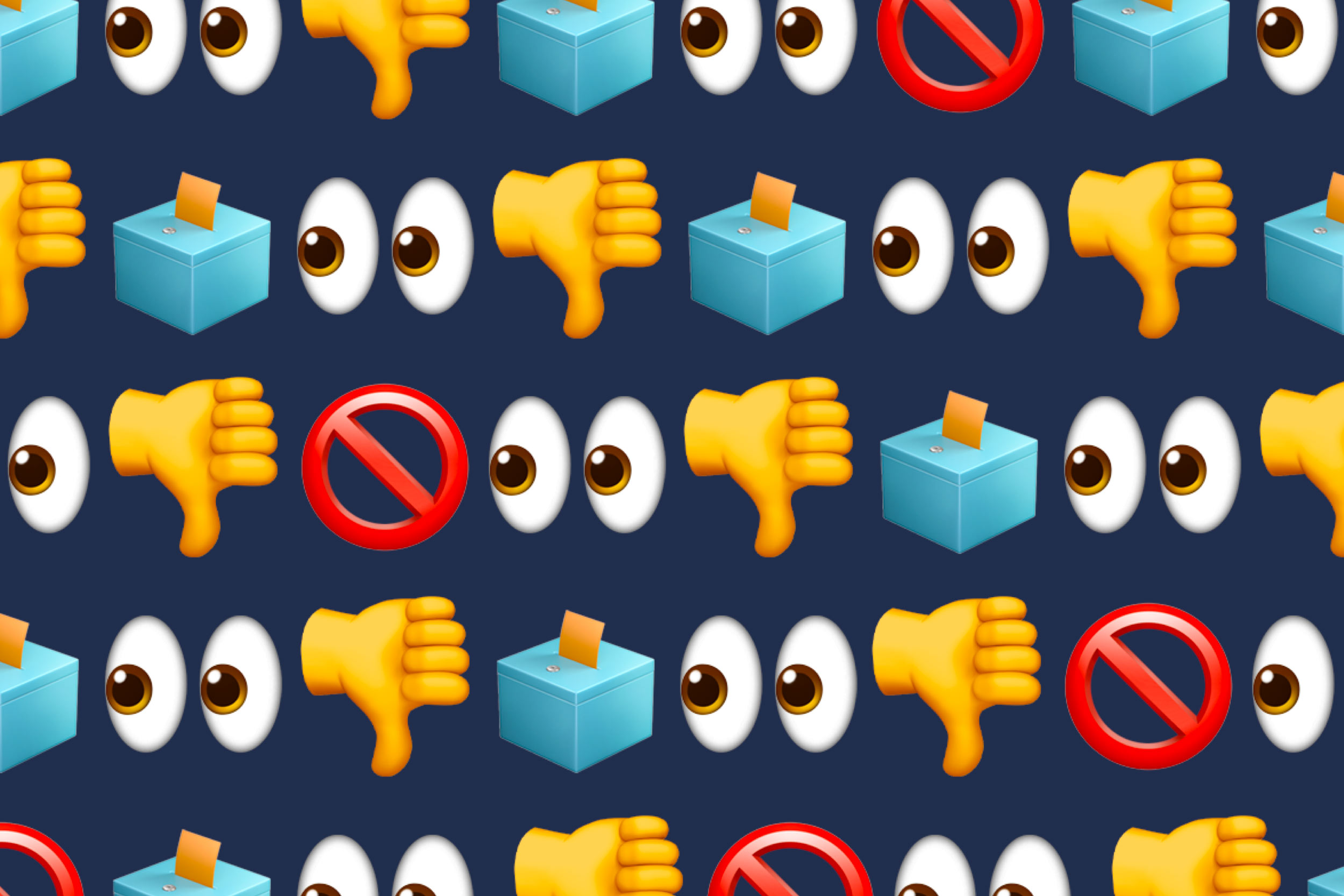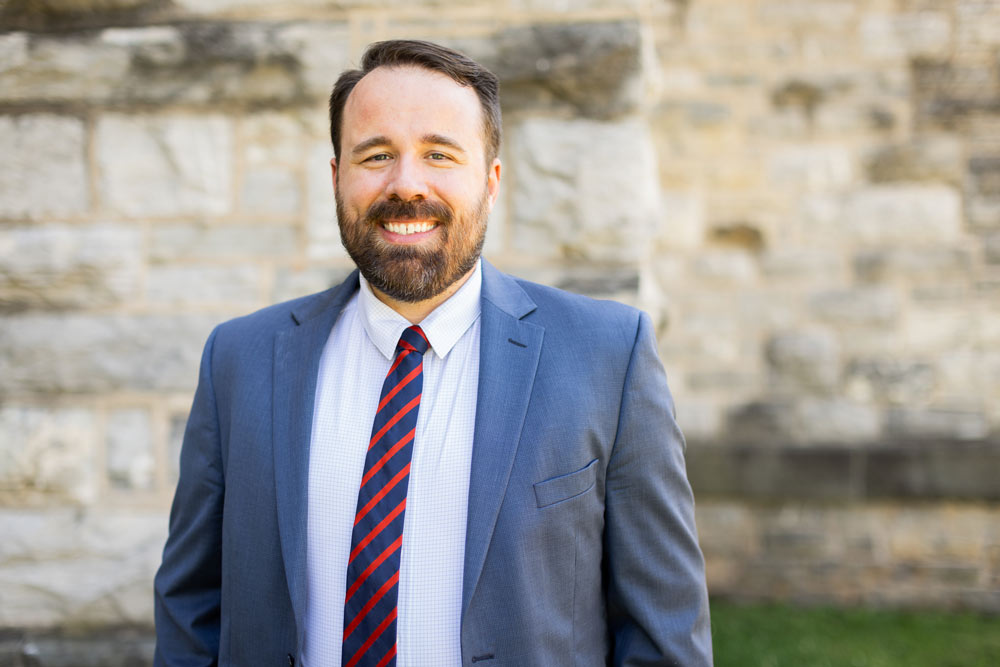The candidates are vying for the labor vote, the Black vote, the Hispanic vote and other demographics. But one group of voters with the potential to affect the outcome is less likely to show up at the ballot box: those between the ages of 18 and 29.
In 2016, 90% of young Americans reported an interest in politics and 80% intended to vote, but only 43% did so, John Holbein, associate professor of public policy, politics and education at UVA’s Frank Batten School of Leadership and Public Policy, noted in his 2020 book, “Making Young Voters: Converting Civic Attitudes into Civic Action.”
UVA Today checked in with Holbein to see what’s going on with today’s young voters.
Q. Since the “youth vote” became a thing in 1972, both major parties have made considerable efforts to win over 18- to 29-year-old voters. How large of a voting bloc is that group, and could it be a major influence in a national election?
A. According to some estimates, Generation Z makes up approximately 20% of the U.S. population. Recent population estimates suggest that more than 30 million Gen Z citizens will have an opportunity to cast a ballot in 2024.
Millennials now are the largest demographic group in the United States, having just surpassed Boomers in 2020. That’s enough voters to sway the election. The open question is, “Will young voters actually show up and cast a ballot?” History suggests not, given that low rates of youth voter turnout are the norm.
Q. Why has the youth demographic not turned out in significant numbers for most U.S. elections? Do other countries have similar turnouts among younger voters?
A. Youth voter turnout is distinctly low in the United States. The “age gap” in turnout rates between old and young voters is the largest in the United States when one compares to other (Organization for Economic Co-operation and Development) countries. There probably are myriad reasons for this gap, including – but not limited to – the registration barriers that are unique to the United States.
Q. Are there programs or efforts that are effective at turning out more youthful voters?
A. My research showsthat young people are especially sensitive to how difficult it is to register to vote. Reforms that make registering easier, like same-day registration and preregistration of 16- and 17-year-olds, have been shown to be especially effective at raising youth voter turnout.
Q. How would a stronger youth vote likely affect an election?
A. Young people skew heavily Democratic. Youth report voting for Democrats at a 2-to-1 margin. Youth turnout could be the difference between a Democrat winning or losing. That being said, it should be acknowledged that many marginal young voters are Republicans.











